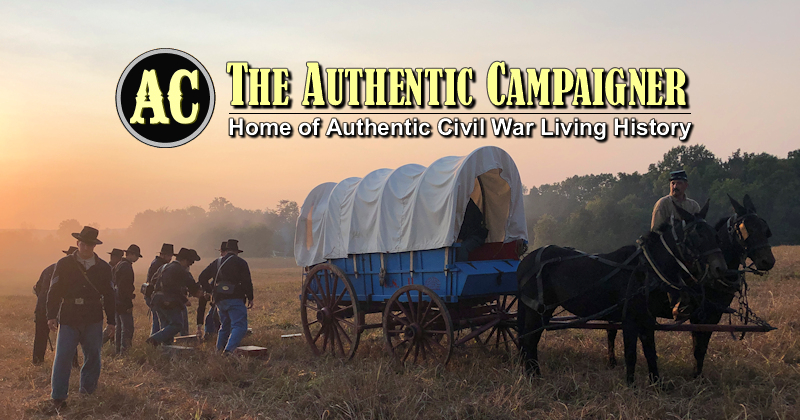Re: Rust removal from a worthy Lorenz
Hallo!
IMHO, there are two discussions going on here, and both are valid.
As a former Civil War collector who sold off his collection of arms to finance his daughter's $150,000 college education here in the 2nd from the bottom State for affordable education...
Removing patina of any kind from an original CW firearms WILL have a negative effect on its resale "value." Agressively cleaning one to the point of leaving wire wheel marks, steel wool or SCOTS BRITE marks, etc., etc., will also.
A number of originals are often found with age blackened varnish someone painted on to "preserve" things many years ago. A number of originals are found with darkened and dried "grease" of one kind or another done for the same reason. IMHO, these can be carefully and expertly removed without affecting the resale value.
On the other hand there are personal different forms of "currency" when it comes to value besides dollars and sense, er cents. :)
Meaning, what form of non-monetary value does the owner derive or gain from having it and using it for reenacting purposes (as part of the expense of investing money at one end to get pleasureable returns or fun, etc., etc out of the other end)?
I, and some few friends, have "professionally" restored CW and WWI firearms to their Civil War and WWI period condition/appearance because our Mental Pictures required or demanded such an investment. That we were "losing money" on the collectors' or historical "resale value" was off-set by the enjoyment and "other than cash money" value we derived from having (restored) originals in their Civil War appearance/condition.
I guess it can be kind of like buying a new car. One usually always takes a "bath" a soon as one drives it off the lot. ;)
Regarding buffing wheels. IMHO, wire brush wheels are way too abrasive and leave way too deep of scratches that required much progressive grit polishing to return the metal to a burnished or polished appearance.
The secret to polishing metal whether by machine or by hand, or both together, is to progressively replace deeper scratches with finer scratches until the human eye no longer perceives the fine scratches as scratches but rather a smooth sheen or shine.
What I was referring to was the cloth type buffing pads or wheels and the use of progressive grit buffing compound/paste. I use an old washing machine motor mounted on my workbench and two inches of buffing pads- along with 220 or 400 grit buffing compound. Plus 0000 steel wool and oil depending on whether I am after a "from the armory" or a "field maintianed with fire pit ash paste" type appearance.
Others' mileage, and forms of currency, may vary...
Curt
Hallo!
IMHO, there are two discussions going on here, and both are valid.
As a former Civil War collector who sold off his collection of arms to finance his daughter's $150,000 college education here in the 2nd from the bottom State for affordable education...
Removing patina of any kind from an original CW firearms WILL have a negative effect on its resale "value." Agressively cleaning one to the point of leaving wire wheel marks, steel wool or SCOTS BRITE marks, etc., etc., will also.
A number of originals are often found with age blackened varnish someone painted on to "preserve" things many years ago. A number of originals are found with darkened and dried "grease" of one kind or another done for the same reason. IMHO, these can be carefully and expertly removed without affecting the resale value.
On the other hand there are personal different forms of "currency" when it comes to value besides dollars and sense, er cents. :)
Meaning, what form of non-monetary value does the owner derive or gain from having it and using it for reenacting purposes (as part of the expense of investing money at one end to get pleasureable returns or fun, etc., etc out of the other end)?
I, and some few friends, have "professionally" restored CW and WWI firearms to their Civil War and WWI period condition/appearance because our Mental Pictures required or demanded such an investment. That we were "losing money" on the collectors' or historical "resale value" was off-set by the enjoyment and "other than cash money" value we derived from having (restored) originals in their Civil War appearance/condition.
I guess it can be kind of like buying a new car. One usually always takes a "bath" a soon as one drives it off the lot. ;)

Regarding buffing wheels. IMHO, wire brush wheels are way too abrasive and leave way too deep of scratches that required much progressive grit polishing to return the metal to a burnished or polished appearance.
The secret to polishing metal whether by machine or by hand, or both together, is to progressively replace deeper scratches with finer scratches until the human eye no longer perceives the fine scratches as scratches but rather a smooth sheen or shine.
What I was referring to was the cloth type buffing pads or wheels and the use of progressive grit buffing compound/paste. I use an old washing machine motor mounted on my workbench and two inches of buffing pads- along with 220 or 400 grit buffing compound. Plus 0000 steel wool and oil depending on whether I am after a "from the armory" or a "field maintianed with fire pit ash paste" type appearance.
Others' mileage, and forms of currency, may vary...
Curt







Comment